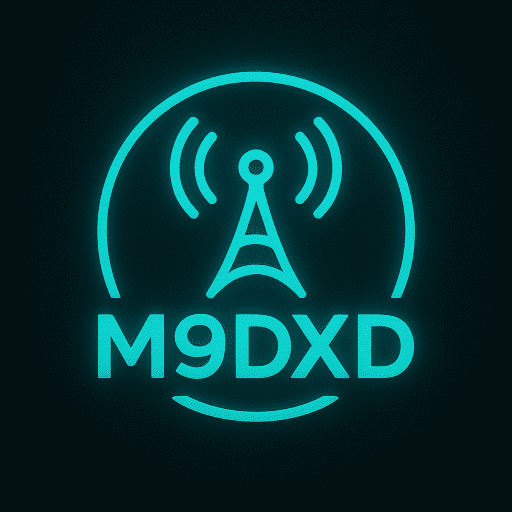Windows 11 allows you to run Android apps natively through the Amazon Appstore and sideload apps using ADB (Android Debug Bridge). Follow this guide to get started!
Method 1: Installing Android Apps via Amazon Appstore
Step 1: Enable Virtualization
Before you install Android apps, ensure that virtualization is enabled on your PC.
- Open Task Manager (Ctrl + Shift + Esc).
- Go to the Performance tab and check if Virtualization is enabled.
- If disabled, enable it from your BIOS/UEFI settings.
Step 2: Install Windows Subsystem for Android (WSA)
- Open Microsoft Store and search for Amazon Appstore.
- Click Install and wait for the setup to complete.
- Restart your PC when prompted.
Step 3: Set Up Amazon Appstore
- After restarting, open Amazon Appstore from the Start menu.
- Sign in with your Amazon account (you may need a U.S.-based account).
- Browse and download Android apps directly from the store.
Method 2: Sideloading Android Apps (APK Files)
If an app isn’t available in the Amazon Appstore, you can manually install APK files using ADB.
Step 1: Enable Developer Mode
- Open Settings > Apps > Windows Subsystem for Android.
- Enable Developer Mode and note the IP address.
Step 2: Install ADB on Windows
- Download the Android SDK Platform Tools from the official Android Developers website.
- Extract the files to a folder (e.g.,
C:\platform-tools).
Step 3: Install APK Files
- Open Command Prompt and navigate to the platform-tools folder:
cd C:\platform-tools - Connect to the WSA instance
adb connect <your-WSA-IP> - Install an APK fille:
adb install app.apk(Replaceapp.apkwith your APK file name.) - The app will now appear in the Start menu like a normal Windows app!
Final Notes
- Some apps may require Google Play Services, which is not included in WSA by default.
- Advanced users can install Google Play Store manually using WSA with Google Apps mods.
- If you face issues, try restarting WSA from the Windows Subsystem for Android Settings.
